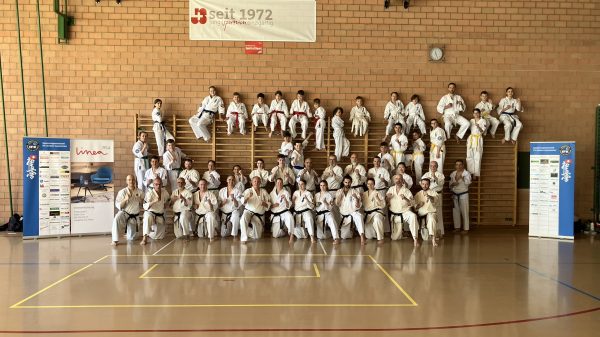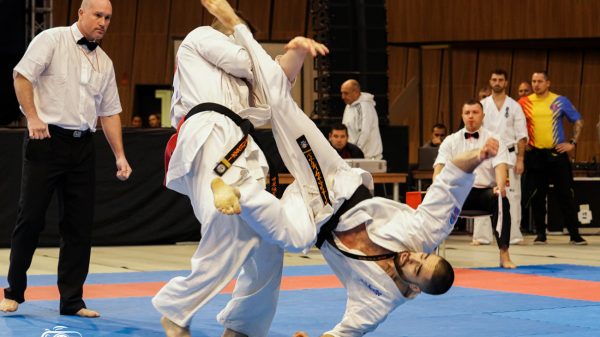The COVID-19 era has pushed children and their families indoors. While social distancing mandates help keep families safe, children still need to stay active during the pandemic. Physical fitness continues to be a priority even as the coronavirus health crisis remains rampant.
After-school activities and recess have been replaced with more time at home. Parents are encouraged to redirect their children’s energy to safe outlets. Physical activity boosts children’s mental and physical health, making it essential that parents incorporate exercise into their kids’ schedules.
What are recommended activity levels?
Exercise is so important to healthy development that the Centers for Disease Control (CDC) recommends specific physical activity levels for children. Both growth and development are promoted for preschool-aged children (3-5 years old) by regular physical activity throughout the day.
School-aged children (6-17 years old) are advised to engage in at least 60 minutes of moderate-to-vigorous intensity exercise daily. Aerobic exercises, like jumping rope or running, are advised three days per week. Strength-building activities, like climbing, are also recommended three days each week.
Parents should plan for 30-minute recess breaks twice each day. These are ideal times for simple and easy aerobic activities that make their hearts beat faster and their breathing quicker. Bone-strengthening exercises in addition to muscle-building ones can easily be incorporated three days a week.
What are recommended physical activities?
Moderate-intensity aerobic activities that kids will enjoy while practicing social distancing include riding a bike, brisk walking, and throwing and catching a ball with a parent or sibling. Vigorous-intensity aerobic exercises for kids range from running to martial arts to vigorous dancing.
Muscle-strengthening exercises may be safely performed in the backyard of the family home. Climbing a rope or a tree are excellent ways for kids to stay active while building important muscle strength. Bone-strengthening activities include hopping, skipping, jumping, and running. NinjaHopscotch on the sidewalk anyone?
Why are virtual martial arts classes ideal?
Socially distanced physical activities may be the new norm for as long as the coronavirus pandemic continues. Families and their children are hardly alone in facing this new challenge, as people across the country are in the same situation. Fortunately, there are creative ways to stay active.
Entertainment, education, and fitness are rolled into one package with online martial arts classes. Kids avoid boredom and the associated frustration as they punch, kick and roll to their hearts’ content. At the same time, children maintain their emotional and physical well-being.
Virtual martial arts give children the opportunity to remain intellectually challenged while promoting physical exercise. Through regular online training in karate or another martial art discipline, the restlessness and anxiety children feel as a result of quarantine are greatly reduced.
Benefits of participating in online martial arts classes include continuing a healthy habit, creating structure, maintaining discipline, and following routine. Practicing martial arts—even online—gives children the stability and structure they need to continue to thrive, even amidst the upheaval caused by COVID-19.
Even more beneficial to families is that practicing online martial arts can be done together. Parents and their children bond over virtual classes of kicking and punching. With martial arts being a lifelong discipline, families may continue to train together even after the coronavirus pandemic ends.
Recently, some martial arts schools have begun to reopen, allowing children to receive feedback on the individual forms.







































